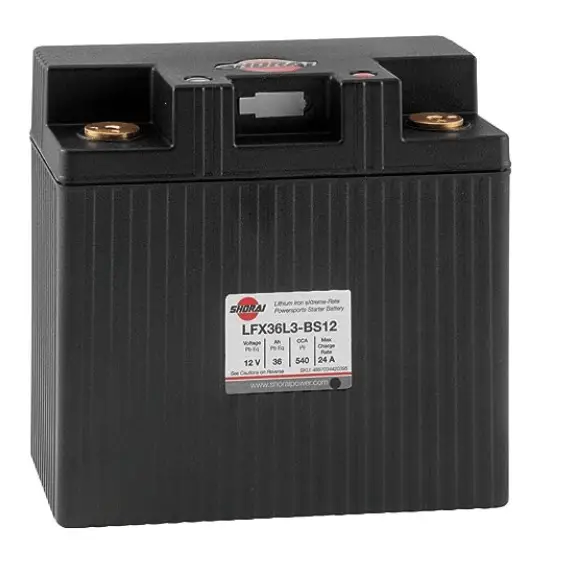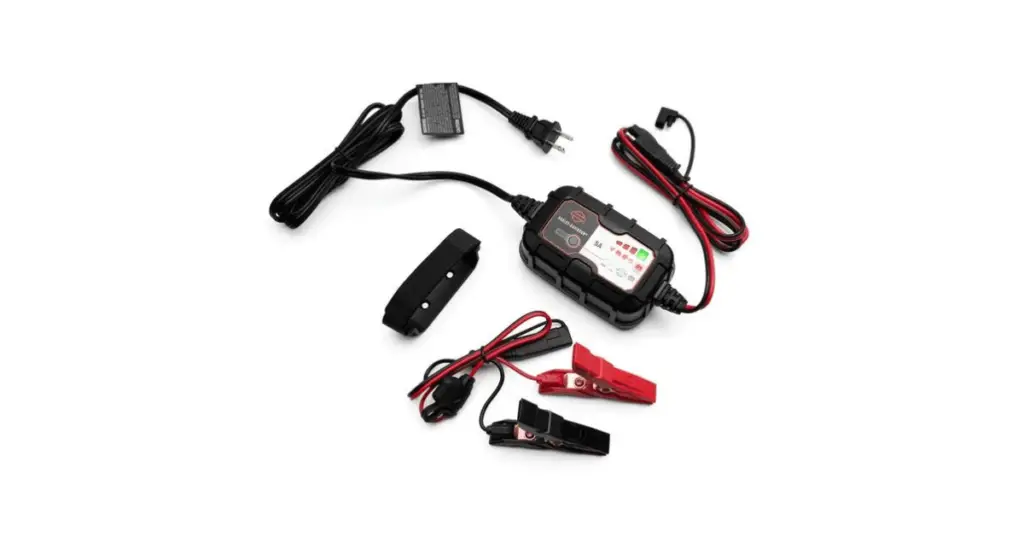As a motorcycle enthusiast, you’re probably familiar with the thrill of hitting the open road on your Harley. But one crucial component that often goes unnoticed is your motorcycle’s battery. It’s the silent hero that ensures your Harley starts up every time you turn the ignition and powers all your motorcycle’s electrical components.
So, it’s quite natural to wonder, “how long do Harley batteries last?” Let’s delve into this query and explore the factors that influence the lifespan of Harley batteries. What’re you waiting for?
Overview: What Influences The Life Span of Motorcycle Batteries
- Battery Type
- Quality and brand of the battery
- Usage patterns (frequent short rides vs. longer rides)
- Maintenance habits
- Charging methods and frequency
- Storage conditions (temperature, humidity, etc.)
- Climate and environmental factors (extreme cold or heat)
- Age of the motorcycle and its electrical demands.
The lifespan of Harley batteries depends on various factors, including the type of battery, its quality, how you use and maintain it, charging methods, storage conditions, and even the climate. By understanding these factors, you can make informed decisions to prolong the life of your Harley battery.
Related: How Long Do Harley Batteries Last Actually? (Surprising)
How Long Does A Harley Davidson Battery Last On Average?
In theory, Harley Davidson batteries can last for at least five years. However, based on various external factors, the lifespan could vary between two to ten years. Not many batteries will have the same duration as your motorcycle’s entire lifespan.
Harley Davidson uses advanced technology and high-quality standards to ensure their batteries are reliable and long-lasting. They have shifted from conventional wet cell batteries to Absorbed Glass Mat (AGM) batteries that offer superior performance without the need for frequent maintenance.
Related: Bad Motorcycle Battery Symptoms Get Revealed (+More)
AGM batteries use a special glass mat separator that absorbs the electrolyte and stores it in a “suspended” state. This means there’s no free liquid electrolyte, making these batteries compact and leak-proof. While AGM batteries may be more expensive, they provide a longer and maintenance-free service life.
Harley Davidson also produces high-end lithium batteries with a solid-state Battery Management System. This system prevents overcharging or undercharging and prevents deep discharges, ensuring these batteries last longer.
Tips to Increase The Lifespan of Your Harley’s Battery
While a Harley Davidson battery can easily last three years or more, proper maintenance can extend this lifespan even further. Here are some tips to help you get the most out of your Harley’s battery:
- Use a Battery Tender: A battery tender is a smart device that automatically charges the battery and prevents overcharging. It’s a worthwhile investment to keep your battery working optimally during periods of inactivity.
- Store Correctly: During the long riding break, it is ideal for making sure your battery is stored correctly. The storage temperature should not be lower than 32 degrees. Ideally, place it on plastic, wooden, or some other non-conductive surface.
- Check Battery Connections: Regularly check the battery cables and connectors to ensure they’re not damaged or corroded. Connections should always be tight to prevent the entry of dirt.
- Avoid Extreme Temperatures: Excessive heat can increase the battery discharge rate, while freezing temperatures can cause the electrolyte to freeze and even crack the casing.
Considering Different Battery Types
When it comes to choosing a battery for your Harley, the type of battery plays a vital role in its longevity. Classic Harley Davidson motorcycles used a 6-volt battery. But as bikes became more reliant on their electronics, the larger 12-volt battery became more useful.

Most modern Harley motorcycles use 12-volt batteries. But if your bike is four or five decades old, it could still use a 6-volt battery. Always check your owner’s manual or the battery label to verify the correct voltage for your bike.
Related: Best Battery For Harley Davidson Motorcycles: Mechanic Tells
Using A Battery Tender
A battery tender is a smart system that automatically charges the battery to keep it operational for a long period of inactivity. It monitors the battery to maintain full charge over an extended period of inactivity.

Using a battery tender can prolong the life of your Harley battery and ensure it’s always ready to perform when you’re ready to ride. Just plug it into an AC power source, and it will take care of your battery’s charging needs.
Considering Storage For Your Bike
Proper storage of your Harley battery is crucial, especially during the off-season. If you store a partially charged battery, it could suffer permanent damage.
Store your battery in a warm, dry place with a temperature not lower than 32 degrees. Place the battery on a plastic, wooden, or other non-conductive surface to prevent any potential electrical issues.
Recap of Main Points
To sum up, the lifespan of Harley batteries greatly depends on several factors, including battery type, quality, maintenance, and storage conditions. On average, a Harley Davidson battery can last between 2 to 10 years, with proper care and maintenance. Using a battery tender and storing your battery correctly can further extend its lifespan.
Remember, while batteries are an often overlooked component of your Harley, they play a vital role in its performance. So, take care of your battery, and it will take care of you on the open road.